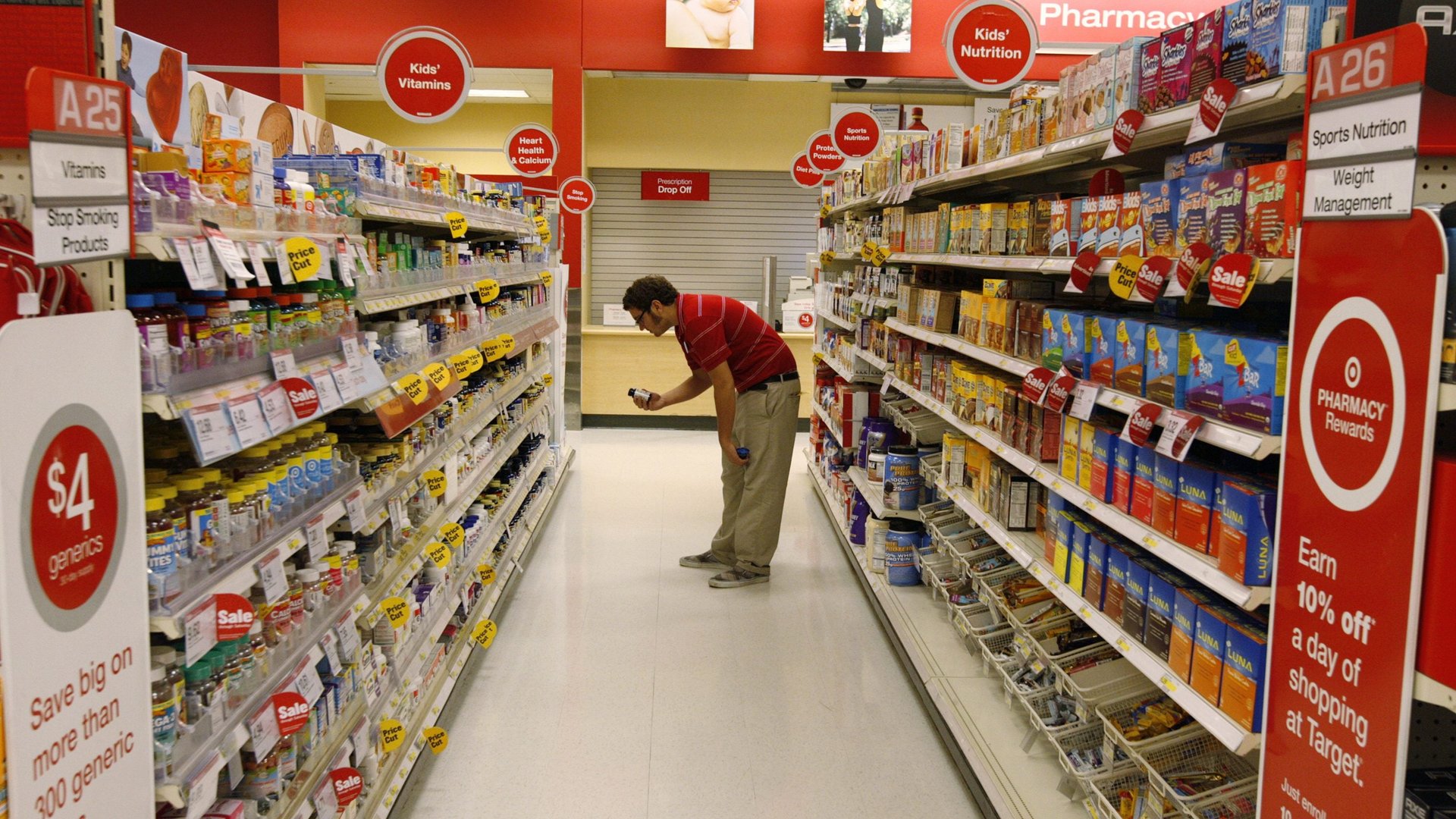Big American companies are embracing a novel strategy to attract new workers: raising wages
The US unemployment rate is at its lowest in years. Jobs are plentiful, and Americans are quitting like it’s 2006. This is good news for employees—less so for major retailers. In theory, bountiful jobs means pressure on employers to boost wages so they can find and keep talent. But in reality, American wages have barely risen in almost a decade.


The US unemployment rate is at its lowest in years. Jobs are plentiful, and Americans are quitting like it’s 2006. This is good news for employees—less so for major retailers. In theory, bountiful jobs means pressure on employers to boost wages so they can find and keep talent. But in reality, American wages have barely risen in almost a decade.
Perhaps unsurprisingly, anecdotal evidence collected by the Federal Reserve’s regional banks shows that job-hopping remains commonplace. ”If you’re not raising wages, then it just sounds like whining,” Minneapolis Fed president Neel Kashkari said at a Rotary Club meeting in Sioux Falls, where he chastised employers complaining about scarce talent and worker shortages.
Now it looks like big employers might finally be listening. Today (Sep. 25), Target announced that it will raise its minimum pay to $11 an hour, with a goal of setting its lowest wage at $15 an hour by 2020. It was a rare leading moment for the discount retailer, which usually waits for its competition to raise wages before following suit. Walmart, for example, bumped its minimum wage to $9 an hour in 2015 and $10 last year. Soon after, Target raised its minimum wage to $10, too.
Other big American companies have inched up their base wages as well. In 2015, Starbucks put in motion a pay-based boost for baristas and shift supervisors, while McDonalds raised wages to a dollar above the locally mandated level (and reported falling turnover). In 2016, TJ Maxx announced it would increase its minimum wage to $9, then later $10 for longer-term employees. At Costco, one of the largest wholesale retailers, wages start at $11.50 and average $21 an hour.
Some believe this isn’t enough. Organizations like Fight for 15 represent a slew of workers, from fast-food employees and retail workers to adjunct professors, who are demanding $15 an hour and union rights. In 2014, Seattle adopted a $15 minimum wage (implemented over several years) with mixed results.
Target employs close to 350,000 workers. If Walmart follows suit and adopts Target’s 2020 goal, that could bring a $15 minimum wage to more than 2 million people.